A 'mysterious giant' behind binary black holes? Astronomers uncover first evidence of a third compact object - Phys.org
8/8/25 at 5:38pm

The binary black holes in the universe are already astonishing enough, but researchers from the Shanghai Astronomical Observatory (SHAO) of the Chinese Academy of Sciences have made a groundbreaking discovery that these binary black holes may not be "lonely w…
Viewed by
You are the first to view
August full moon 2025 rises this weekend: Here's how to see the stunning 'Sturgeon Moon' - Space
8/9/25 at 11:59am
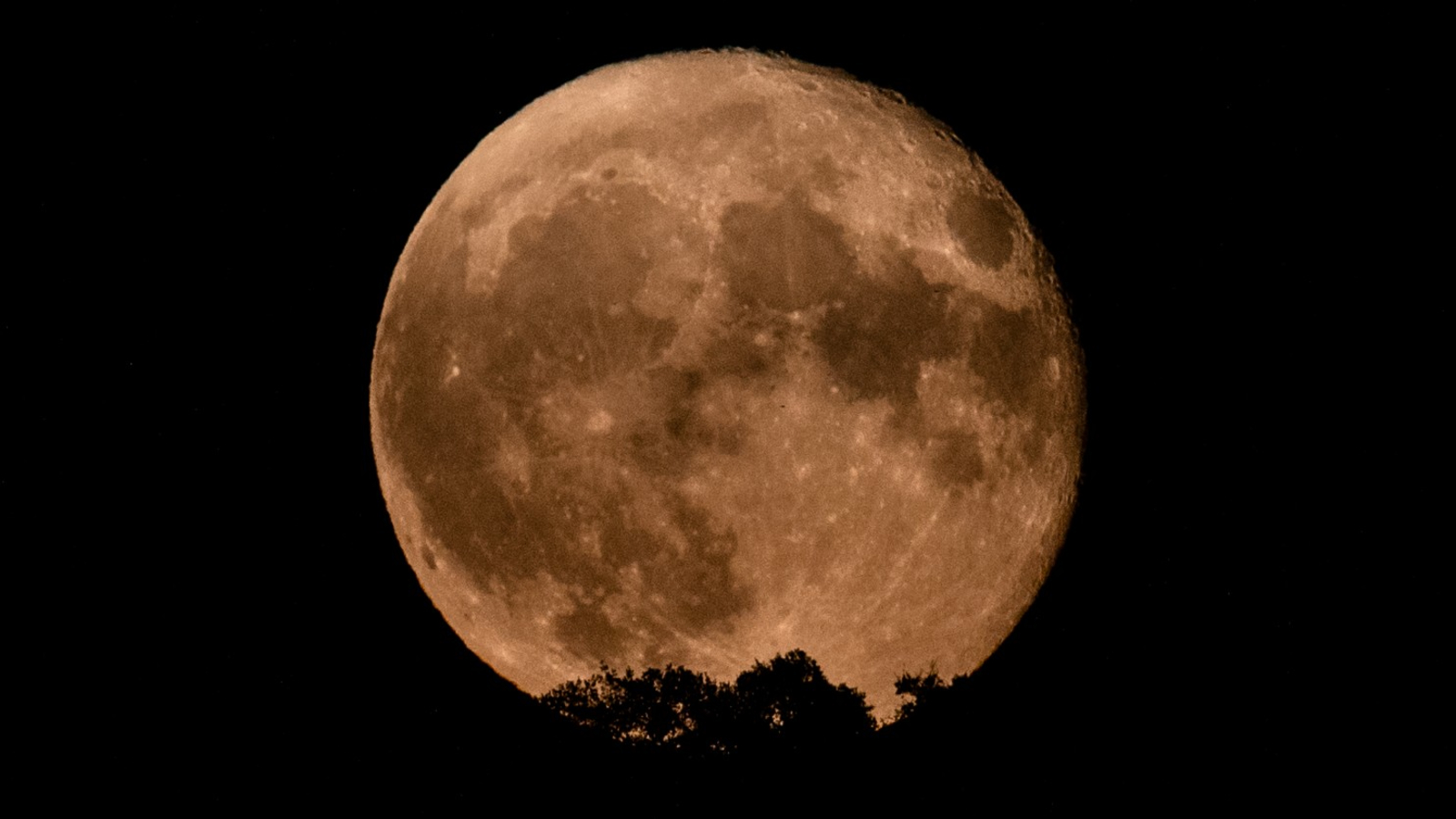
August's full Sturgeon Moon rises this weekend, days before the Perseid meteor shower hits its peak.
Viewed by
You are the first to view

Complexes containing hydroxide, water and dinitrogen ligands detected as researchers probe chemistry on the edge of the actinide series
Viewed by
You are the first to view
A New Cat Color Is Defying Genetic Expectations - yahoo.com
8/8/25 at 5:38pm

Scientists have discovered a rare new cat coat color called salmiak, or salty liquorice, caused by a genetic mutation. This stunning shade is now explained.
Viewed by
You are the first to view
An AI System Found a New Kind of Physics that Scientists Had Never Seen Before - yahoo.com
8/8/25 at 5:38pm

Scientists had theorized about the possibility of a plasma physics phenomenon, but their AI system discovered the real thing.
Viewed by
You are the first to view
A blood moon is coming: Here's what you need to know about the total lunar eclipse on Sept. 7 - Space
8/9/25 at 11:59am
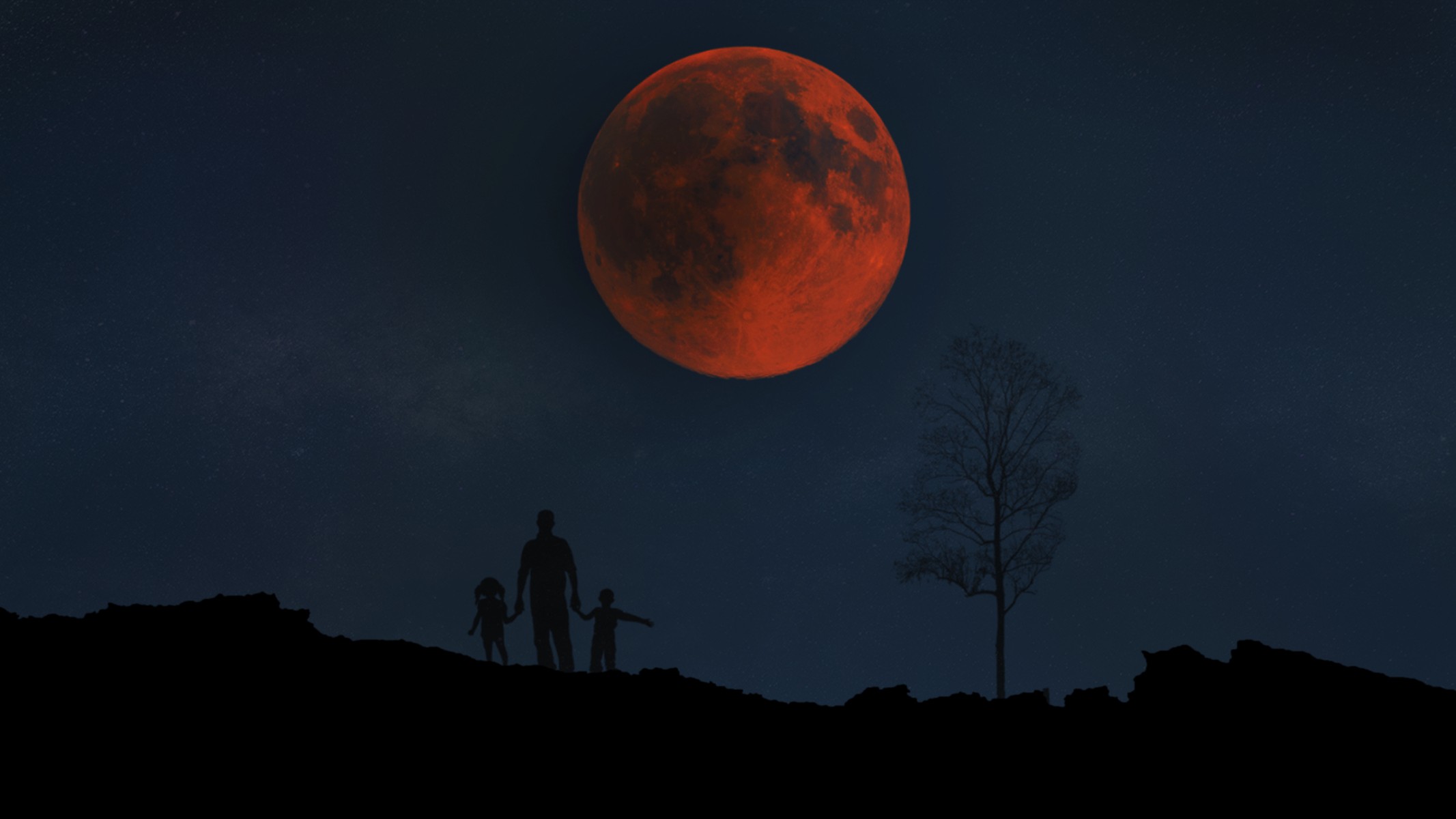
Start preparing now to catch next month's dramatic total lunar eclipse.
Viewed by
You are the first to view
Earthquake risk in Canada! Yukon fault shows signs of awakening after 12,000 years, threatening thousands - The Times of India
8/9/25 at 11:59am

Rest of World News: A recent study confirms that Canada's Tintina fault, stretching across Yukon, is an active seismic hazard, challenging previous assumptions. Scientist
Viewed by
You are the first to view
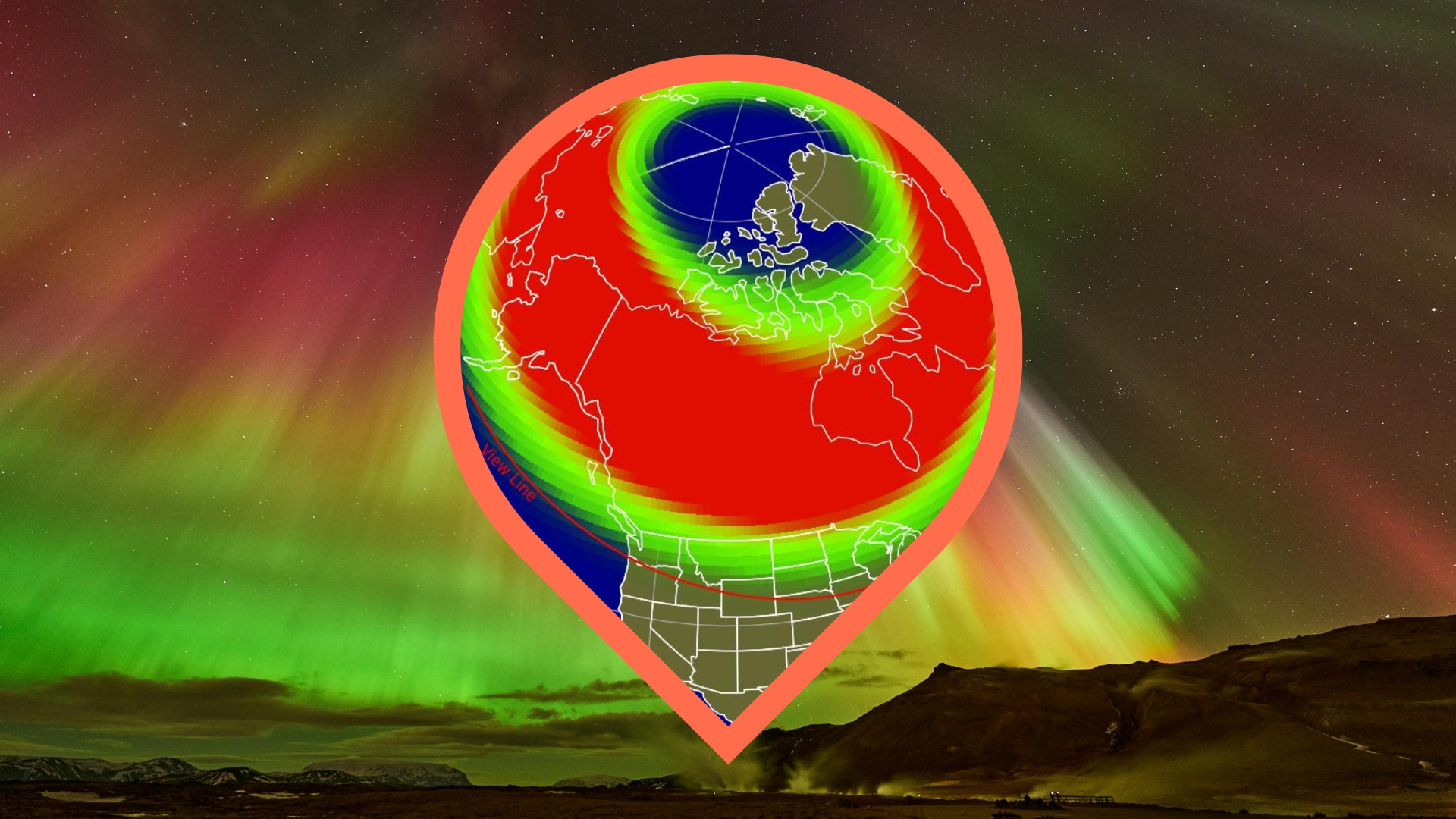
Auroras may be visible from Alaska to Illinois as an incoming solar storm could spark geomagnetic storm conditions overnight.
Viewed by
You are the first to view
Planetarium celebrates 1st images from Vera Rubin Observatory photo of the day for August 7, 2025 - Space
8/9/25 at 11:59am
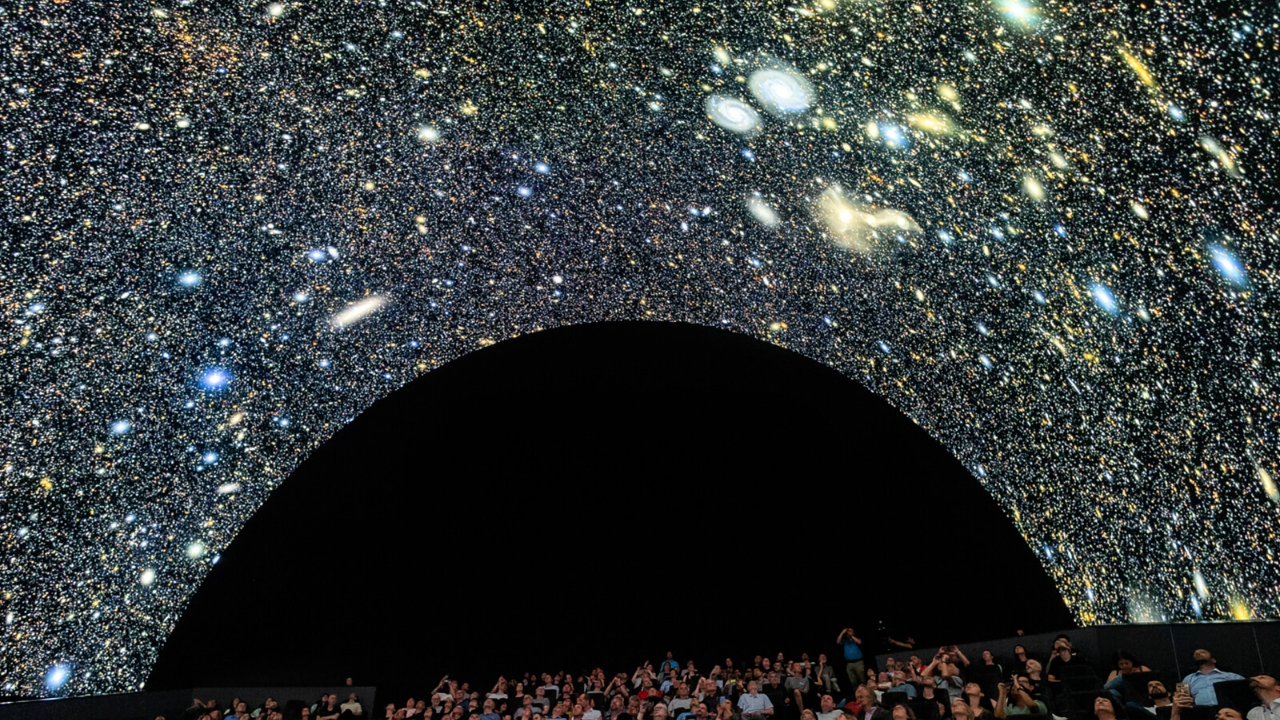
The Prague Planetarium put on a show no one would ever forget.
Viewed by
You are the first to view
Russia Just Built a Plasma Engine That Could Reach Mars in 30 Days—SpaceX's Biggest Problem Yet? - The Daily Galaxy
8/8/25 at 5:38pm

Russian scientists say they’ve built a new kind of engine that could cut the trip to Mars down to just one month. A working prototype already exists, and it’s unlike anything currently used in space.
Viewed by
You are the first to view
Video: ‘College Party Dog’ Is the Center of Attention on Wedding Dance Floor - AOL.com
8/8/25 at 5:38pm

Dogs love attention, and there’s nothing like that when it comes from a big group of people. This video captured a wholesome moment where a “college party do...
Viewed by
You are the first to view
LLMs can predict educational and psychological outcomes from childhood essays with remarkable accuracy - Phys.org
8/9/25 at 11:59am

Large language models (LLMs), advanced artificial intelligence (AI) models trained to analyze and generate texts in different human languages, have become increasingly widespread over the past few years. Since the release of the conversational platform ChatGP…
Viewed by
You are the first to view
Acrocantho-what? This dinosaur's footprint was found in the Austin area after the July floods - KUT
8/9/25 at 11:59am

The footprints were created some 115 million years ago, when what is now a Central Texas suburb was a beach on the Western Interior Seaway.
Viewed by
You are the first to view
Falcon 9 rocket launching Amazon internet satellites on SpaceX's 100th mission of the year today: Watch it live - Space
8/8/25 at 5:38pm

Liftoff of a Falcon 9 rocket carrying 24 of Amazon Project Kuiper spacecraft is scheduled for 9:40 a.m. ET on Friday (Aug. 8).
Viewed by
You are the first to view

Scientists have finally uncovered the ancient secret behind the potato’s origin—and it involves an unexpected genetic romance. About 9 million years ago, a wild interbreeding event occurred between a tomato-like plant and a potato-relative in the Andes. This …
Viewed by
You are the first to view
Lanyue lander successfully completes comprehensive landing and takeoff test, marking critical milestone for China’s manned lunar exploration: CMSA - Global Times
8/9/25 at 11:59am
Viewed by
You are the first to view
Leopard seals sing songs underwater that are strikingly similar to nursery rhymes - Earth.com
8/8/25 at 5:38pm

Male leopard seals in Antarctica sing underwater songs with patterns strikingly similar to human nursery rhymes.
Viewed by
You are the first to view
Watch SpaceX's Crew-10 astronauts head home to Earth Aug. 8 - Space
8/8/25 at 5:38pm
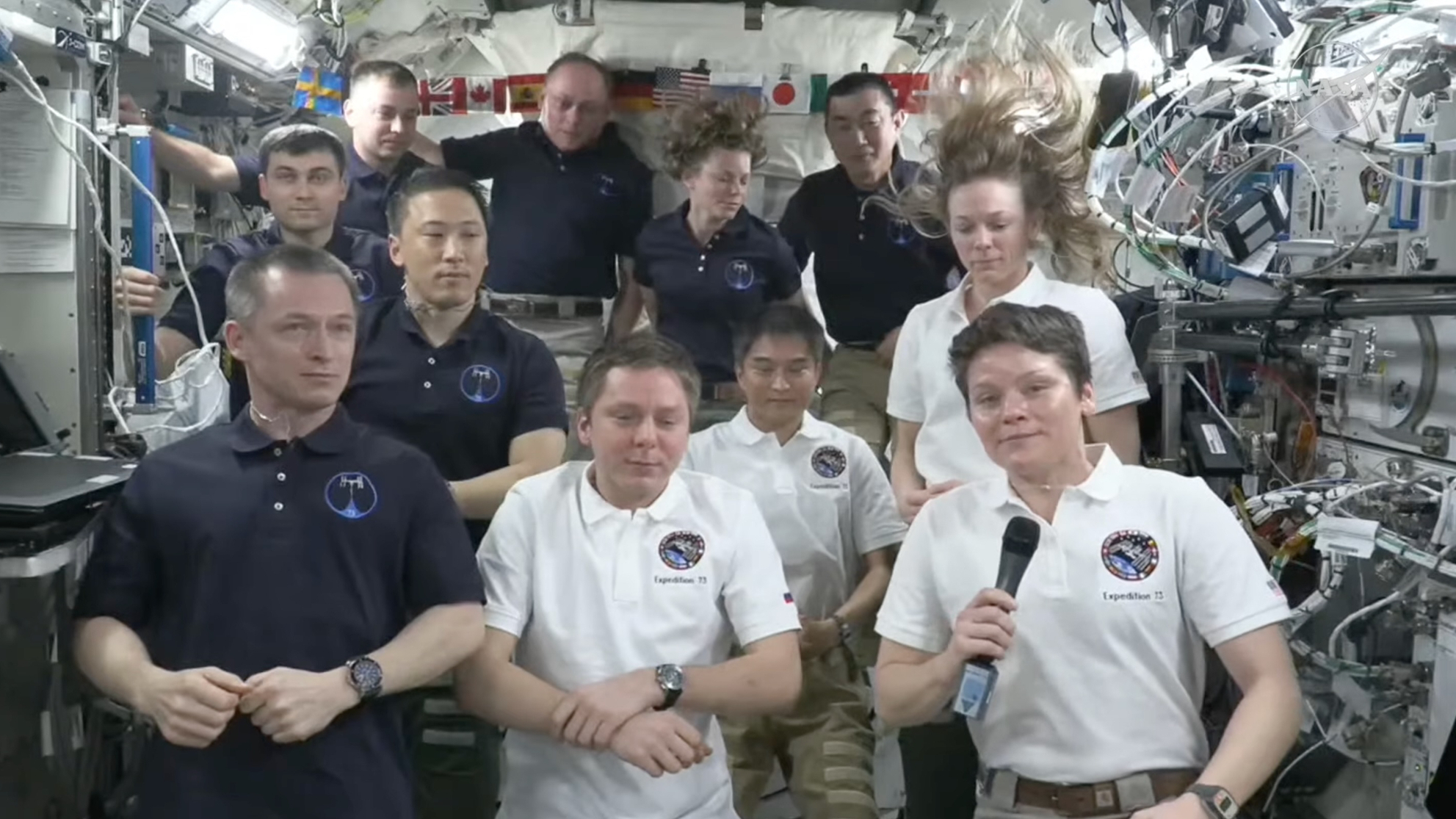
The Crew-10 quartet are now scheduled to depart the ISS on Friday (Aug. 8) no earlier than 6:05 p.m. EDT.
Viewed by
You are the first to view
You're More Likely to Die From an Asteroid Than Rabies, Scientists Find - ScienceAlert
8/8/25 at 5:38pm
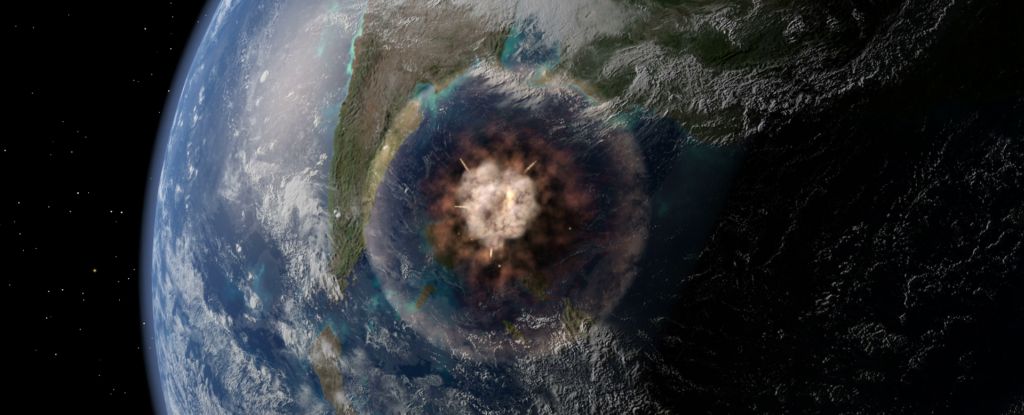
If you ever lie awake at night wondering just how likely you are to die from an asteroid impact within your lifetime, a new paper has you covered.
Viewed by
You are the first to view
After 50 Years, a Neutrino Detector Finally Catches Elusive Ghost Particles - SciTechDaily
8/8/25 at 5:38pm

A team of scientists has finally caught elusive neutrinos using a compact detector placed near a nuclear reactor.
Viewed by
You are the first to view
Astronaut Butch Wilmore retires from NASA after 25 years - Space
8/8/25 at 3:20am
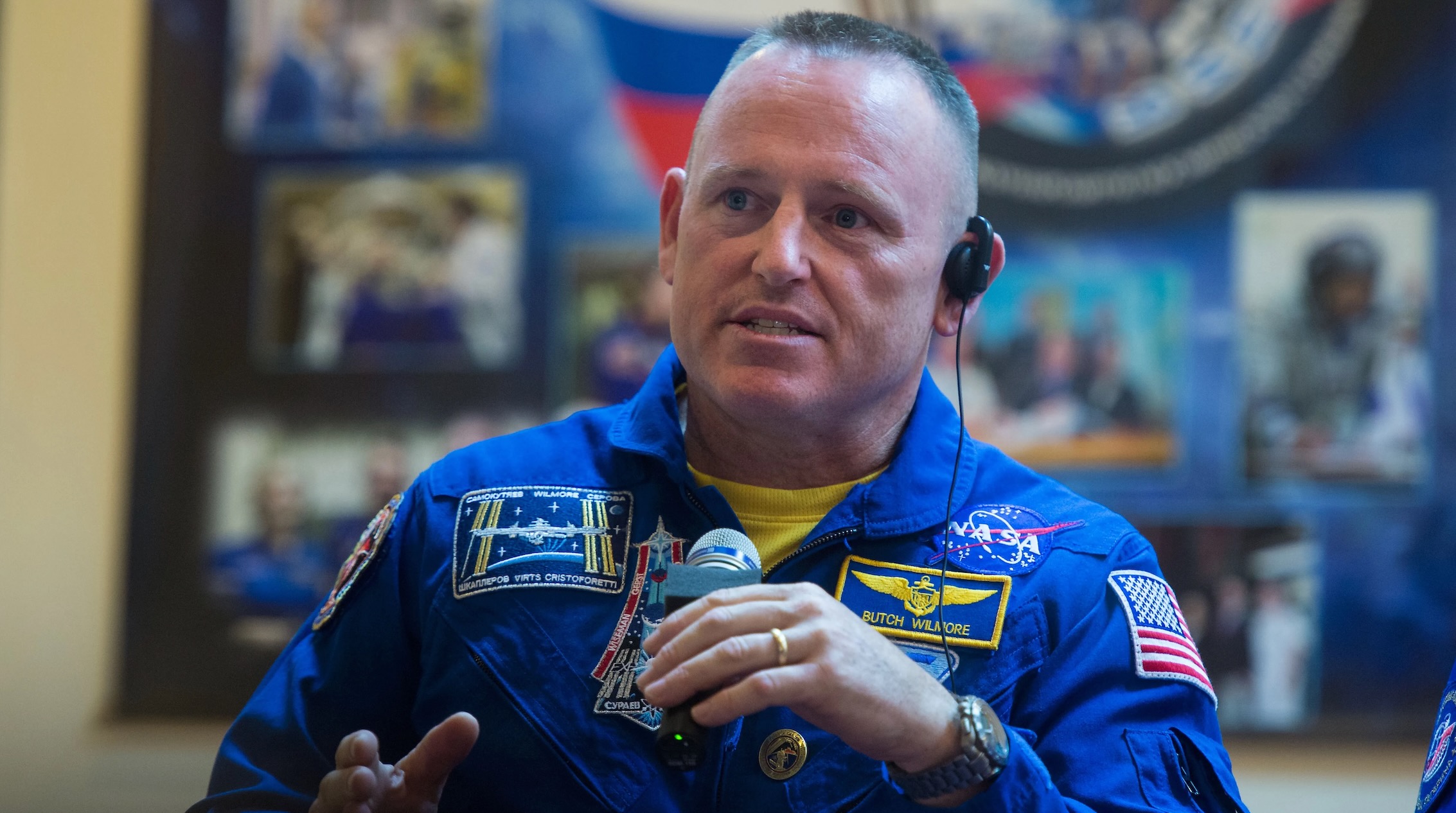
"His lasting legacy of fortitude will continue to impact and inspire the Johnson workforce, future explorers, and the nation for generations."
Viewed by
You are the first to view

NASA and SpaceX are targeting no earlier than 6:05 p.m. EDT, Friday, Aug. 8, for the undocking of the agency’s SpaceX Crew-10 mission from the International
Viewed by
You are the first to view
Can a volcano be stopped before it erupts? A recent study found the answer - Earth.com
8/8/25 at 5:38pm
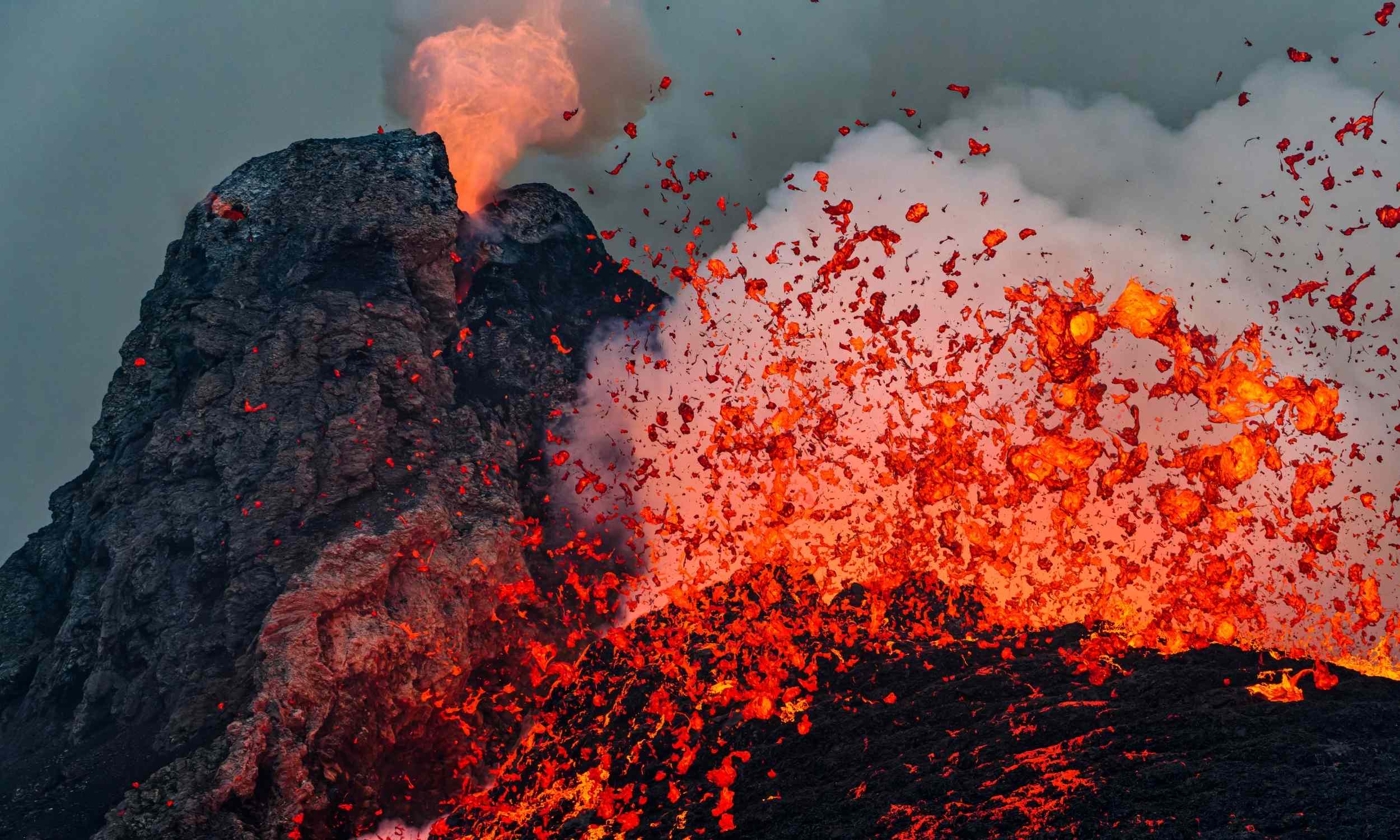
Pumping out water or keeping rain from sneaking underground may prevent a volcano from erupting, or at least give ample warning.
Viewed by
You are the first to view
Quantum Breakthrough: Scientists Find “Backdoor” to 60-Year-Old Superconducting Mystery - SciTechDaily
8/8/25 at 5:38pm

A Copenhagen team has unlocked a clever “backdoor” into studying rare quantum states once thought beyond reach. Scientists at the Niels Bohr Institute, University of Copenhagen, have discovered a new approach for investigating rare quantum states that occur w…
Viewed by
You are the first to view
Stuck astronaut Butch Wilmore retires from NASA less than 5 months after extended spaceflight - AP News
8/9/25 at 11:59am
One of NASA's two previously stuck astronauts has retired. NASA announced Butch Wilmore's departure from the space agency on Wednesday. Wilmore and Suni Williams launched last summer as test pilots on Boeing's first astronaut flight. What should have been a w…
Viewed by
You are the first to view